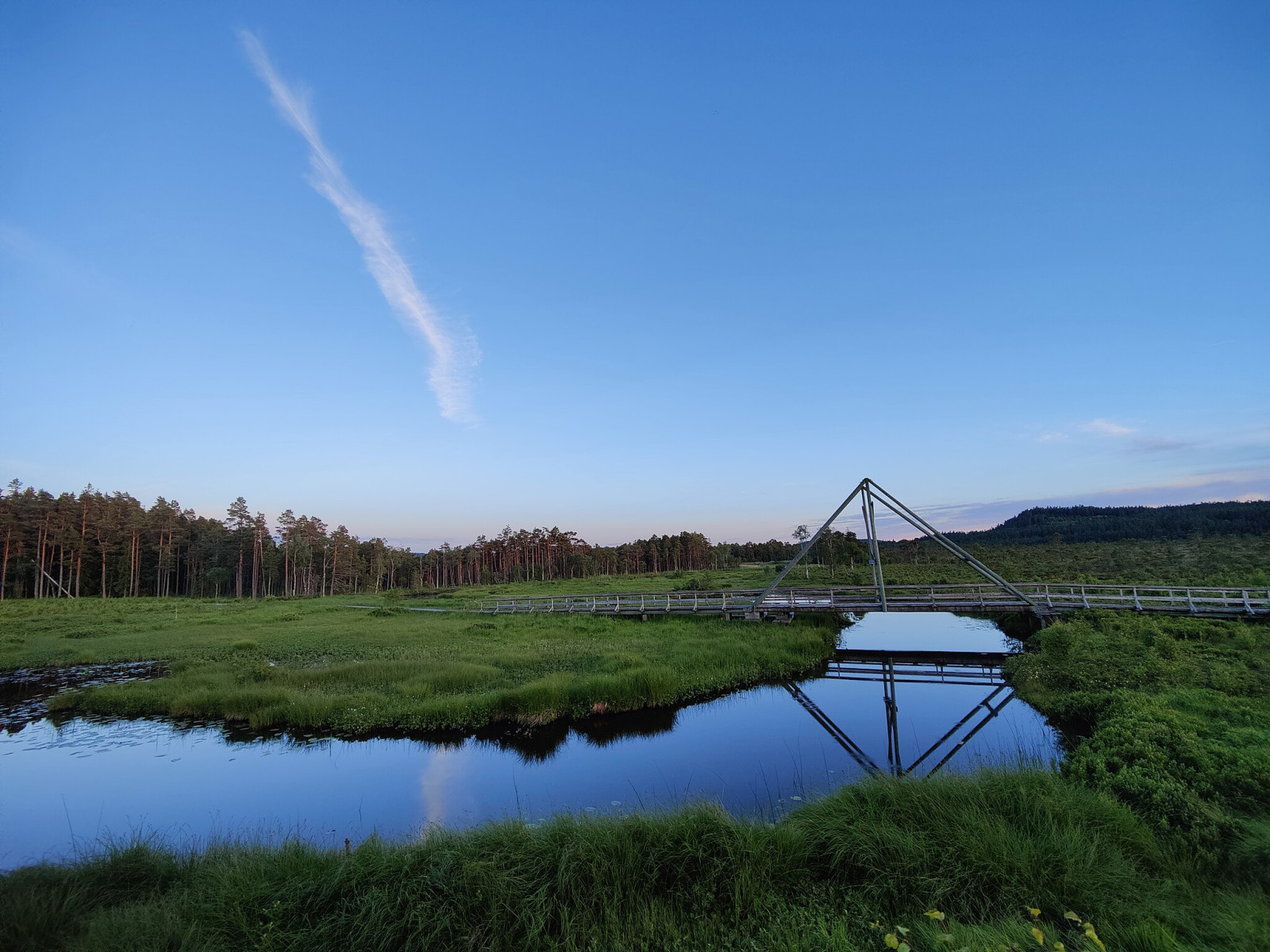Beschreibung
Vänga Mosse is a nature reserve of 238 hectares in size. A large and relatively unaffected bog that is easy to visit. There are two observation towers in the area and a wide accessible path across the marsh. The eastern tower has a platform below which is at ground level and is close to the road. Vänga bog is is divided into two parts by the meandering Säveån. The eastern part is rich in wet areas, while the western part is drier. The bog is mainly open, but sparse pine forest grows on the outer edges and on the central part along the Säveån.
Among the birds you can observe are Grünschenkel, Bekassine, Kranich, Rohrammer, Schwarzkehlchen and Baumpieper.
Details
Zugang
Vänga Mosse is located about 20 kilometres north of Borås and about 25 kilometres south of Vårgårda along road 42 at the height of the community of Vänga. Drive along Riksväg 42 towards Fristad, then continue on Vängavägen/Riksväg 42 towards Vårgårda. Follow the signs for Vänga Mosse. By Public Transport: You can take a bus from Borås Travel Centre. The nearest bus stop is Vänga Kyrka, which is about 700 meters from the trail. The circular walk around the area is about 3 km. But you can also choose to only visit the eastern observation tower that is close to the road.

